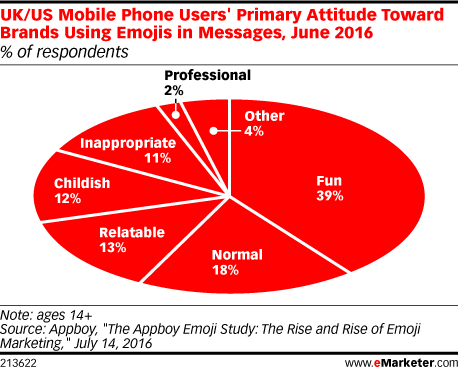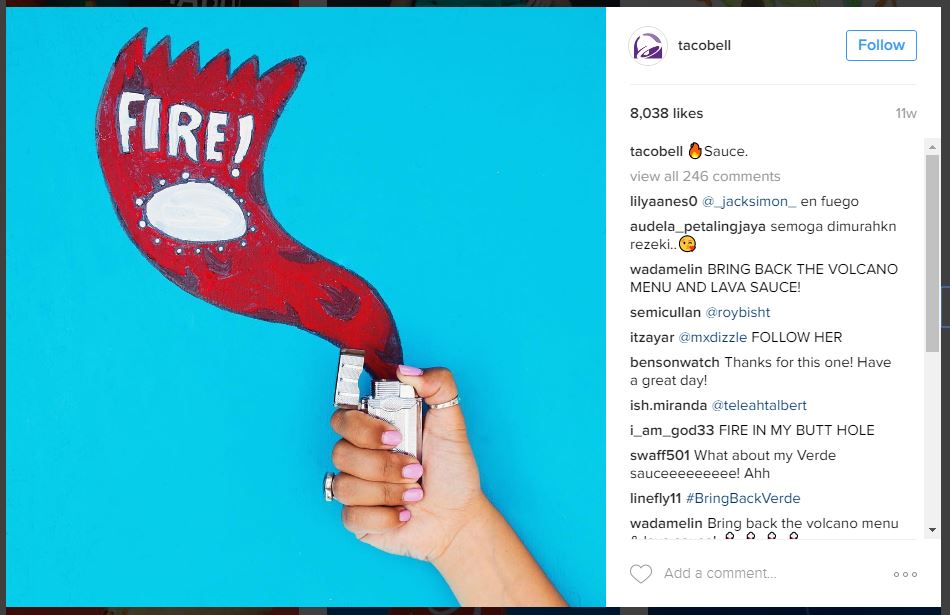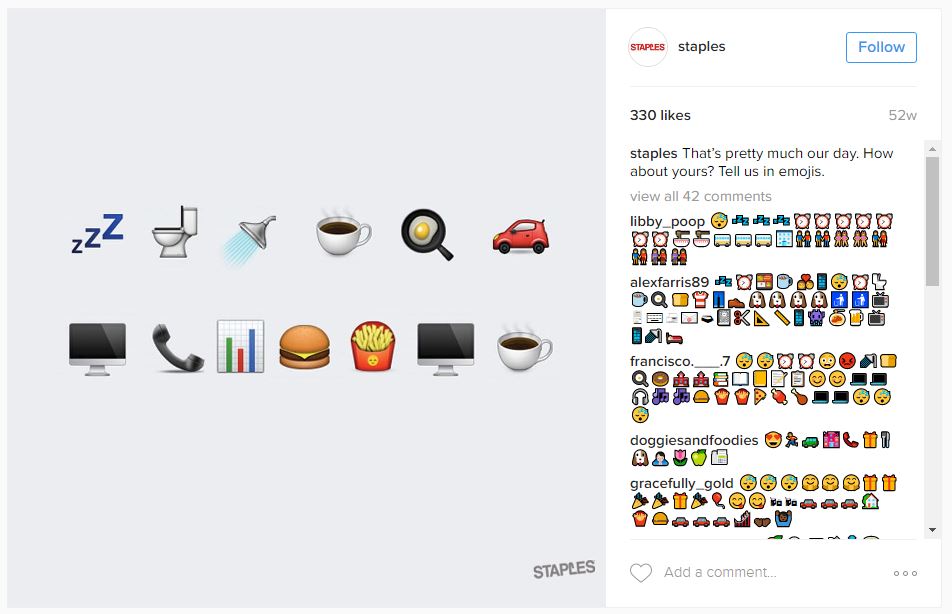A Simple Simple Short Shot
Should brands use emojis in social media marketing posts?
A social media marketing strategy to make you relatable to your demographic
Emojis originated in Japan, in fact, the word comes from Japanese e, meaning ‘picture’ (絵), and moji, meaning ‘character’ (文字). They’ve been rising in popularity and increasing in use, partly due to all operating systems including them into their keyboards and also because they’re part of a universal language that defies borders and age. Emojis have wormed their way into almost 50% of all captions and comments, and Instagram now allows you to use emojis as hashtags.
IF A PICTURE IS WORTH A THOUSAND WORDS, WHAT’S THE VALUE OF AN EMOJI?

It’s important to remember your social marketing goals when considering emojis in your posts. According to statistics, emoji’s are normal, relatable and fun (60%) but run the risk of coming off less professional, childish or inappropriate (25%). There are obviously different types of posts and engagement, which would factor greatly into the perceived value of emoji use.
Taco Bell is a great example of a chance to have some fun:

Justin Trudeau has a very classy instagram feed, with no room for emojis:

Staples manages to be the accessible but professional business by integrating emojis into their posts in a relevant way:

So should your brand use emojis?
Social media allows you to build a voice and a persona. If you’d like to be associated with fun and come across as relatable then emoji-away, knowing you run the risk of being considered childish or inappropriate. If you’d like to be taken seriously it might be in your best interests to steer clear for the time being.
Don’t forget to celebrate World Emoji Day on July 17th! You’ve got a few months to learn the emoji anthem:

